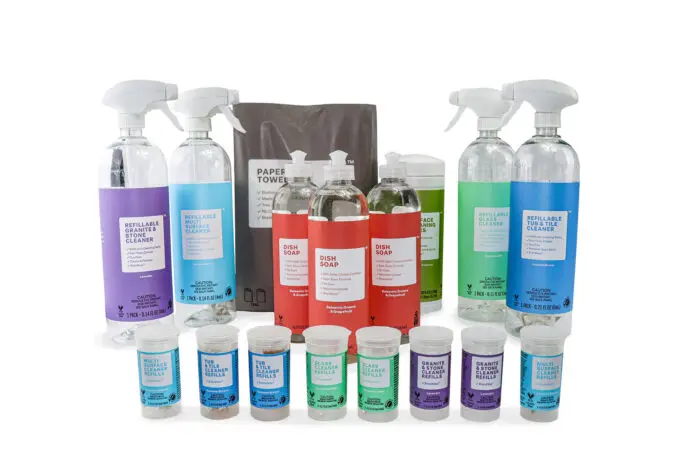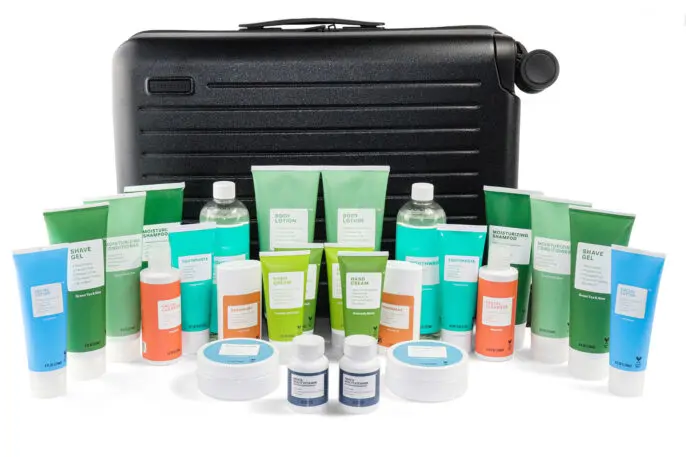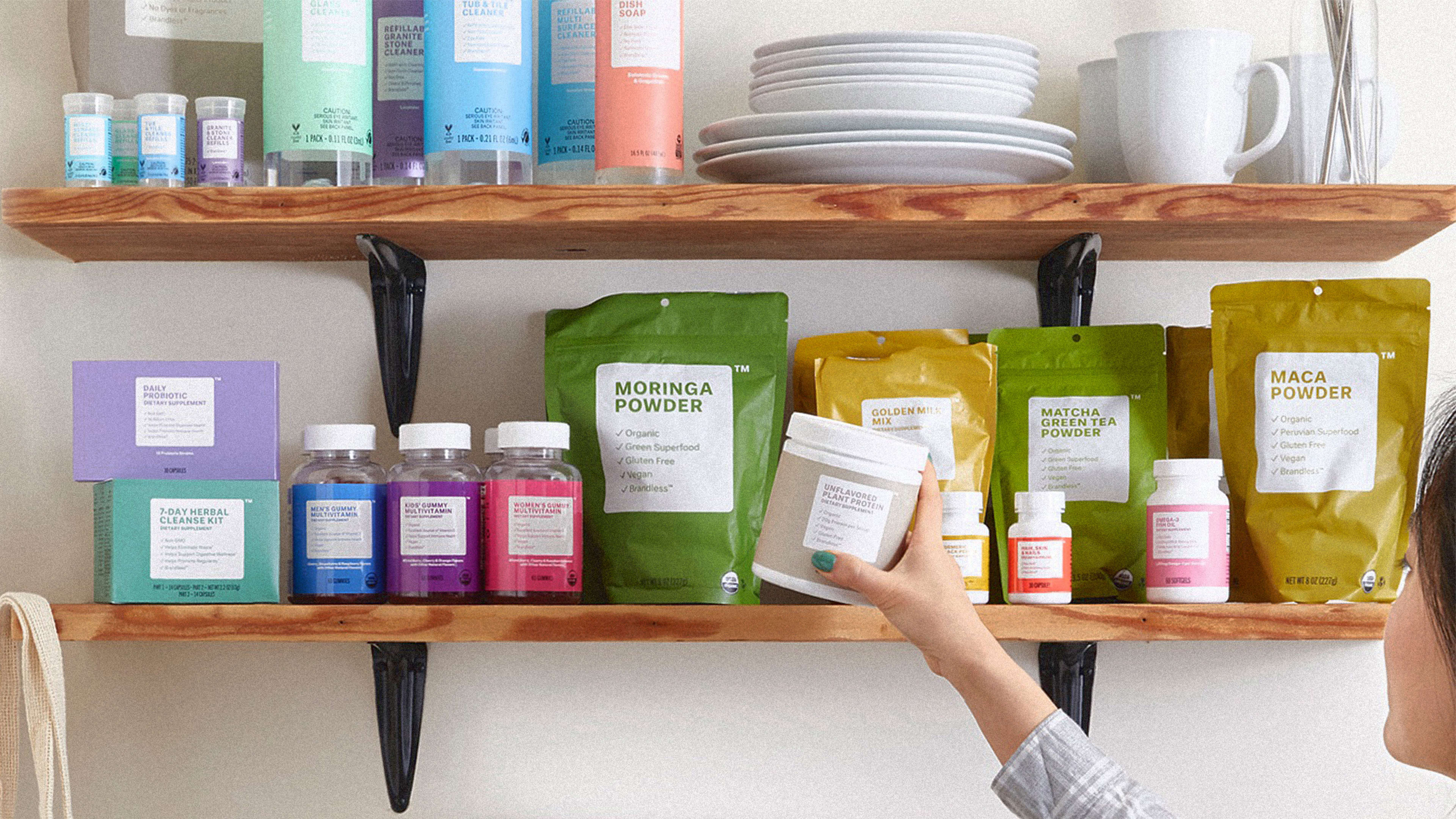In yet another bizarre twist in its short history, Brandless is coming back to life.
The tech darling launched in 2017 with the goal of creating an alternative to brand-name household products; it raised nearly $300 million and became beloved for its sleek branding and streamlined pricing. Then, in February of this year, it abruptly shut down, assumed to be a casualty of the high-growth DTC model. Now, Brandless is back, after being acquired by two Utah-based companies: SEO marketing firm Ikonifi and VC firm Clarke Capital Partners.

Treft says the acquisition came about by serendipity. He tells Fast Company that he was scanning LinkedIn when he encountered a former Brandless employee who had written a eulogy to the brand. “I thought it was a cool brand, but I didn’t understand how they could make the economics of $3 an item work,” Treft says, adding that he reached out to the employee, who connected him to a Brandless trustee.

Even though the company wasn’t actively seeking a buyer, Treft made an offer and it was accepted. (He declined to disclose the price.) He says he and the new owners were able to acquire almost everything—from the the branding and intellectual property, to a network of suppliers and packaging manufacturers. “Almost everything except for the office furniture,” he says. “There’s more than 60 trademarks, and product formulas, and all the suppliers.”
Treft has run several businesses in the past. His first startup was a profitable toy company called Zoobies that licensed characters and turned them into stuffed animals that transformed into pillows and blankets. He launched a brand called Peejamas that sells sleepwear for toddlers who aren’t fully potty-trained. He says his expertise is in launching small, scrappy businesses that make money without a lot of capital or staff. “[Peejamas] launched with a $30,000 budget,” says Treft. “It only took us 10 months to hit a million bucks with a single full-time employee.”
Treft says he’s planning to take a similarly lean approach to Brandless, which in some ways, is the exact opposite approach of the previous owners. At its zenith, when Brandless had hundreds of millions of dollars from investors and a valuation of $500 million, it was growing quickly and had nearly 100 employees and 800 SKUs. “My read on that is that when you take that kind of money, you have to hit certain benchmarks, otherwise everything’s in jeopardy,” he says.

In the meantime, if you visit the Brandless website, you won’t find the trendy minimalist imagery and branding of the previous site. Instead, you’ll find hastily taken photographs of groups of products, next to suitcases. You can buy $180 “bundles” of Brandless products grouped by category—like baby products and cookware—packed into a suitcase. Treft says this was a simple way to move inventory left over from the previous iteration while they shift their fulfillment centers.
The pragmatism is perhaps a sign of things to come. And it could be a welcome change to the DTC model.
Recognize your brand’s excellence by applying to this year’s Brands That Matter Awards before the early-rate deadline, May 3.
